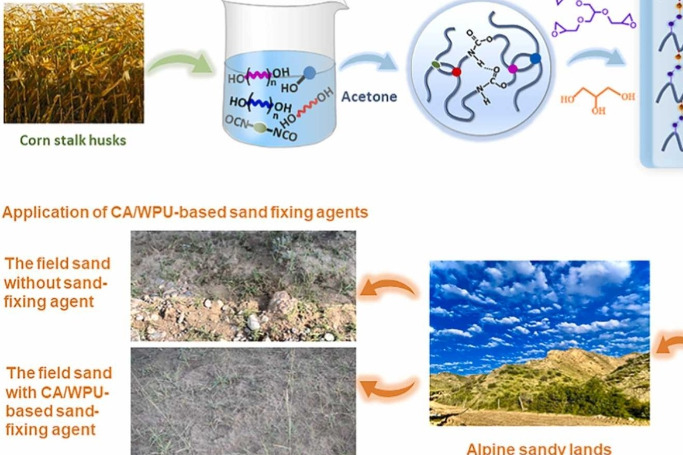Major rice producers have world’s worst heavy metal pollution
Major rice producers have world’s worst heavy metal pollution, Chinese scientists warn
The Chinese team behind the research used machine learning to analyse hundreds of studies based on soil samples taken from around the world and concluded South and Southeast Asia’s most fertile rice regions were suffering from severe cadmium contamination.
Up to 1.4 billion people worldwide are affected by toxic heavy metal pollution and 17 per cent of arable land is contaminated, according to the study led by Hou Deyi, a professor at the School of Environment at Tsinghua University.
The findings, published in Science this week, suggest regions crucial to global food security are also hotspots for pollution linked to kidney damage, bone disorders and respiratory diseases.
Cadmium is a carcinogen and is most prevalent in the world’s major rice-producing regions, including India, Pakistan, Bangladesh, China and Thailand.
Vietnam is also a major rice exporter, but its levels of heavy metal pollution are relatively low, according to the study.
India is the world’s leading rice exporter and is expected to ship 22 million tonnes in the financial year 2024/25, according to Statista. Thailand is the second biggest and is expected to export around 7.5 million tonnes over that period.
China, India and Bangladesh are the world’s biggest rice consumers, with China consuming around 155 million tonnes in 2022/23.
Toxic heavy metals in soil originate from both natural sources and human activities. They persist for decades and threaten ecosystems and human health.
Common toxic heavy metals include arsenic, cadmium, chromium, cobalt, copper, lead and nickel, with cadmium being the most prevalent.
Severe cadmium pollution is primarily concentrated in South and Southeast Asia, with the worst affected areas being northern and southern India, which are followed by Pakistan, Bangladesh, southern China, Thailand and southern Cambodia – all areas where rice is the main staple crop.
The authors have been asked for comment on cadmium pollution in southern China and the country’s rice crop, but have yet to respond.
Despite decades of research on soil contamination, comprehensive global data and high-resolution spatial mapping remain scarce.
The team analysed big data from 1,493 studies containing a total of 796,084 soil samples taken from 91 countries.
They then used an algorithm known as Extremely Randomised Trees to estimate the concentration of heavy metals in soil factoring in indicators such as the climate, geology, topography and socio-economics of the areas studied.
Hou’s team defined any area where levels of heavy metal passed 125 per cent of the strictest national threshold as suffering from pollution.
They found that globally between 14 to 17 per cent of agricultural land exceeds safe levels for at least one toxic heavy metal.
Cadmium was the most common contaminant, found in 9 per cent of agricultural land worldwide, followed by nickel on 5.8 per cent of the land and chromium in 3.2 per cent.
Although some areas were already known to be high-risk as a result of pollution, the study has now produced a comprehensive global map of the problem.
Metallurgy has been a major driver of human development for millennia but it has been contaminating the soil from the early Bronze Age through to the modern era of rechargeable batteries and smartphones.
Many of the worst affected areas overlap with some of the cradles of early civilisation, including southern Europe, the Middle East, South Asia and China.
“We hope that the global soil pollution data presented in this report will serve as a scientific alert for policymakers and farmers to take immediate and necessary measures to better protect the world’s precious soil resources,” Hou said.
We are thrilled to extend a warm welcome to the
China Scientist Awards!
Join us for the China Scientist Awards, a premier event in the realm of research. Whether you're joining virtually from anywhere in the world, this is your invitation to explore and innovate in the field of research. Become part of a global community of researchers, scientists, and professionals passionate about advancing research.
visit: chinascientist.net
Nomination Link: https://chinascientist.net/award-nomination/?ecategory=Awards&rcategory=Awardee
Registration Link:https://chinascientist.net/award-registration/
For inquiries, contact us at contact@chinascientist.net-------------------------------------Other website:
Nomination Link: https://chinascientist.net/award-nomination/?ecategory=Awards&rcategory=Awardee
Registration Link:https://chinascientist.net/award-registration/
For inquiries, contact us at contact@chinascientist.net




Comments
Post a Comment